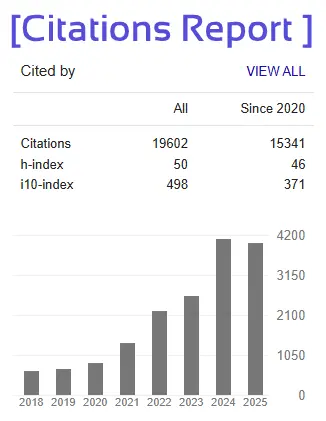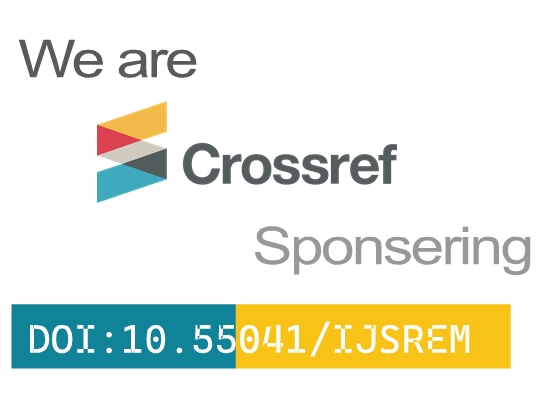A Review of Linear Regression and Support Vector Regression
Priyanka Pawar1, Dr. G.J. Chhajed2, Monali Rahul Bhosale3, Sanika Gonjari4, Sharwari Kshirsagar 5
- AI &DS (Computer Engineering) VP’s Kamalnayan Bajaj Institute of Engineering and Technology,
Baramati.
2HOD AI &DS (Computer Engineering) VP’s Kamalnayan Bajaj Institute of Engineering and Technology, Baramati.
3Assistant Professor AI &DS (Computer Engineering) VP’s Kamalnayan Bajaj Institute of Engineering and Technology,Baramati.
4 AI&DS (Computer Engineering) VP’s Kamalnayan Bajaj Institute of Engineering and Technology,
Baramati.
5AI&DS (Computer Engineering) VP’s Kamalnayan Bajaj Institute of Engineering and Technology,
Baramati.
Abstract - Predicting the future of a business requires analyzing key insights such as consumer behavior, product performance, and profitability using current and historical data. Statistical techniques play a vital role in generating these insights and enabling accurate forecasting, particularly with time series data. Applications like weather forecasting, financial markets, and stock analysis often integrate historical and real-time data for better accuracy. Regression models, including linear regression and support vector regression (SVR), are commonly employed to analyze time series data. Linear Regression (LR) and Support Vector Regression (SVR) are two widely used machine learning algorithms for predicting continuous outcomes. LR is a parametric method that models the relationship between independent and dependent variables by fitting a linear equation, assuming a linear dependency. It is simple, interpretable, and efficient for linearly separable data. SVR, a non-parametric technique derived from Support Vector Machines, employs kernel functions to handle non-linear relationships and constructs a decision boundary by maximizing the margin within an error tolerance (epsilon). SVR is robust to outliers and effective for complex, high-dimensional data.
Key Words: Regression, Linear Regression, Support Vector Regression, Data analytics, Supervised Machine Learning, Classification.







